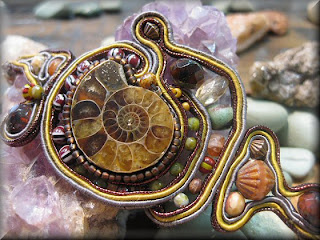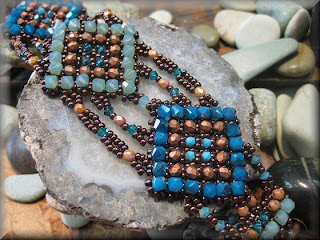By now,
your e-mail inbox has probably been inundated to the max with Black Friday
“special deals.” If fact, online Black
Friday deals are already starting - and it’s only Tuesday! And, some in-store
Black Friday deals are starting as early as 8:00 Thanksgiving night at some
major retailers! This MAY seem like a good thing on the surface, but the
display of corporate and personal greed has really gotten out of hand, and as a
result, the holiday season is really starting to lose its joy and true meaning.
I could go
on a lengthy tirade about how many things are so very wrong about the crazy
Black Friday scenarios, but it’s the beginning of the holiday season and I want
to head in a more positive and festive direction.
There is a
new and wonderful phenomenon that is sweeping the nation: Small Business
Saturday, which this year is being celebrated on Saturday, November 24. While
corporate retail giants do play an important role in all of our lives, and so
many people do enjoy the "thrill of the hunt" on Black Friday, it's
the small, local businesses that create the cozy atmosphere and special
environment we all love about our hometowns.
American
Express has partnered with small businesses, and as a team we are working
together to promote Shop Small. American Express has special offers for its
customers that support small businesses, and many small businesses are running
a variety of special promotions to show their appreciation for your support.
You can easily find out which of your local small businesses are participating
by visiting the www.ShopSmall.com
website.
At Artful
Beads, we are celebrating Small Business Saturday by offering 15% off almost
everything in the store, along with fun Make-N-Take projects and having lots of
home baked goodies to enjoy while browsing and beading!
Whether
it's a hardware store, a food market, an artisan, or a bead shop, all of these local
small businesses are special and unique, and they offer services, products,
knowledge, and customer care that you will rarely - if ever - find in a
corporate giant. It is important that we ALL work together to support and
preserve all theses little gems that are tucked away in our communities. If we
lose them, we also lose a huge part of who we are.
Please Shop
Small, not only on Small Business Saturday, but throughout the entire year.






























